1. Scope of Application
Distributed photovoltaic power generation refers to the photovoltaic power generation facilities that are built and operated on the user's site or nearby, with the characteristics of self-consumption on the user side, surplus electricity on the grid, and balance regulation in the distribution network system.
In order to ensure the normal operation of the photovoltaic power station and data analysis, it is usually necessary to equip the distributed photovoltaic power generation environmental monitoring system to monitor the total solar radiation, ambient temperature, wind speed and direction, photovoltaic module temperature and other indicators.
The distributed photovoltaic power generation environmental monitoring system can be connected to the monitoring system, which can display, record and analyze the data of the environmental monitoring system, and it can also be connected to the inverter control system, which can analyze the sensor data by the control system to ensure the effective operation of the photovoltaic power station.
2. Product Description
The model meets the national standard requirements, conforms to the latest data requirements and logical correspondence reported by the provincial dispatching of the photovoltaic power station, and supports the secondary upgrade of new parameters. The high stability solar total radiation sensor is used, which has perfect cosine characteristics, fast response, zero offset and wide temperature response performance, ensuring the accuracy and stability of the radiation data.
Our company has many years of experience serving photovoltaic power station users at home and abroad, with a full range of sensors in stock, a complete production line, mature instrument and equipment commissioning technology capabilities, all-round after-sales tracking services, and a fast logistics transportation system.
Three, typical applications
1. Photovoltaic power generation from solar energy, assessment of solar resources
2. Solar energy system monitoring, atmospheric energy balance study
3. Calibration and verification of the solar radiation data retrieved from satellites
4. Thermal stress research, heat exchange research, climate change research
5. Initial light resource estimation and revenue assessment for power stations
IV. Implementation Standards
The site selection of the distributed photovoltaic power generation environmental monitoring system needs to consider many factors, and the site should be established in a place that is not obscured from sunrise to sunset throughout the year.
Our company provides detailed and professional specification guidance documents for personnel related to photovoltaic power stations based on international observation methods, national observation specifications, power industry standards, and years of rich on-site site selection and environmental monitoring system installation and commissioning experience.
5. Technical parameters
Power supply: DC12V
Output: RS485 MODBUS RTU protocol
Power supply mode: Solar power supply/DC12V/AC220V/UPS
Baud rate: 4800—115200 Default baud rate: 9600
Working temperature: -40°C〜+70°C
Storage temperature: -40°C~+80°C
Working humidity: 0~100%RH
Protection level: IP65
Support form: fixed bracket 2m
6. Model configuration
| Model number | FGF9 (Basic Model) | FGF11 (Standard Edition) | FGF11H (High-end model) |
| Installation method | I-shaped bracket, no need for pre-embedded and expansion screws | I-shaped bracket, no need for pre-embedded and expansion screws | I-shaped bracket, no need for pre-embedded and expansion screws |
| Power supply mode | Mains power supply | Mains power supply | 30W, 20AH solar power supply |
| Output mode | RS485 Output(Multi-Address) | RS485 Output(Multi-Address) | RS485 Output (Single Address) |
| Monitoring elements | Wind speed, wind direction, average wind speed, temperature, humidity, atmospheric pressure, total radiation, sunshine duration, component temperature. | Wind speed, wind direction, average wind speed, temperature, humidity, atmospheric pressure, total radiation, daily cumulative total radiation, total cumulative total radiation, sunshine duration, component temperature. | Wind speed, wind direction, average wind speed, temperature, humidity, atmospheric pressure, total radiation, daily cumulative total radiation, total cumulative total radiation, sunshine duration, component temperature. |
7. Sensor parameters
| Sensor name | Measurement range | Accuracy | Resolution |
| Wind speed | 0~60m/s | ±0.2m/s | 0.01m/s |
| Wind direction | 0-360℃ | ±1℃ | 0.1℃ |
| Average wind speed | 0-60m/s | ±0.2m/s | 0.01m/s |
| Ambient temperature | -40-80℃ | ±0.3℃ | 0.01℃ |
| Environmental humidity | 0-100% Relative Humidity | ±3%RH (20%~80%) | 0.01%RH |
| Air pressure | 300-1100hpa | ±0.25% | 0.1 hpa |
| Component temperature | -50-100℃ | ±0.5℃ | 0.1℃ |
| Photoelectric total radiation | 0-2000W/㎡ | ±3% | 1W/m² |
| Total radiation of the thermal electric | 0-2000W/㎡ | ±3.1% | 1W/m² |
| Hours of sunshine | 0-6500h | <0.2h | 0.1 hours |
| Daily cumulative total radiation at the surface | 0-65535W.h/m² | --- | 1W.h/m² |
| Total radiation of the thermoelectric | 0-4000000000W.h/m² | --- | 1W.h/m² |
8. Design Implementation Standards
Guidelines for Meteorological Instruments and Methods of Observation World Meteorological Organization (WMO) Commission for Instrumentation and Methods of Observation (CIMO) and IEC (International Electrotechnical Commission) State Grid Corporation of China Enterprise Standard Q/GDW 617-2011 Technical Requirements for Grid Connection of Photovoltaic Power Stations State Grid Corporation of China Enterprise Standard Q/GDW 618-2011 Test Code for Grid Connection of Photovoltaic Power Stations
"QX/T61-2007 Specification for Surface Meteorological Observation" "QX/T-2000II Industry Standard for Automatic Meteorological Station"
Technical Specification for Meteorological Observation and Data Review and Correction in Wind Power Generation (QX/T74-2007)
Product address:
http://www.qxhjjc.com/en/guangfu/1527.html 
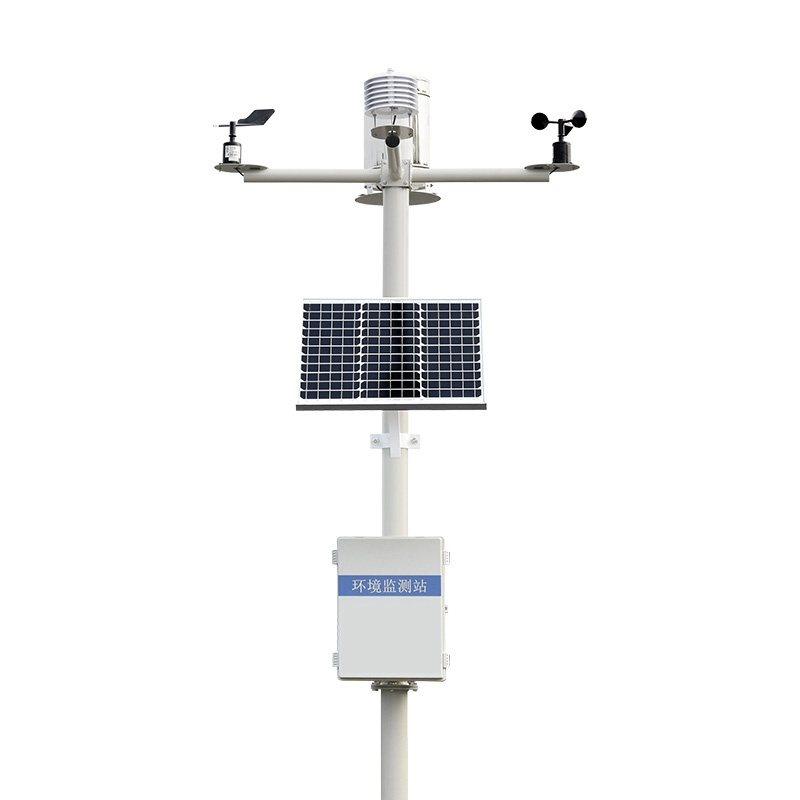
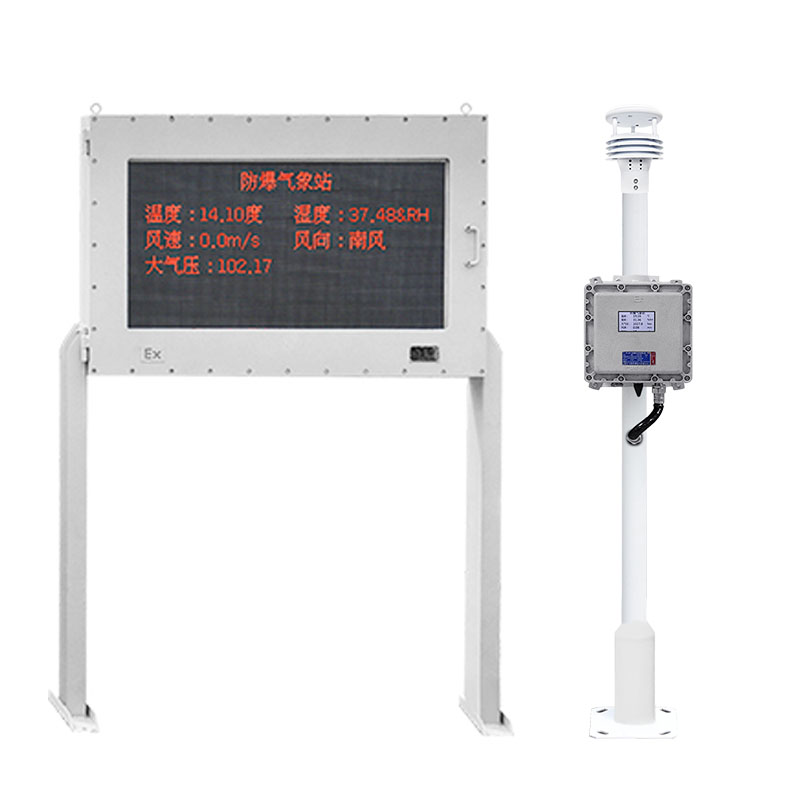
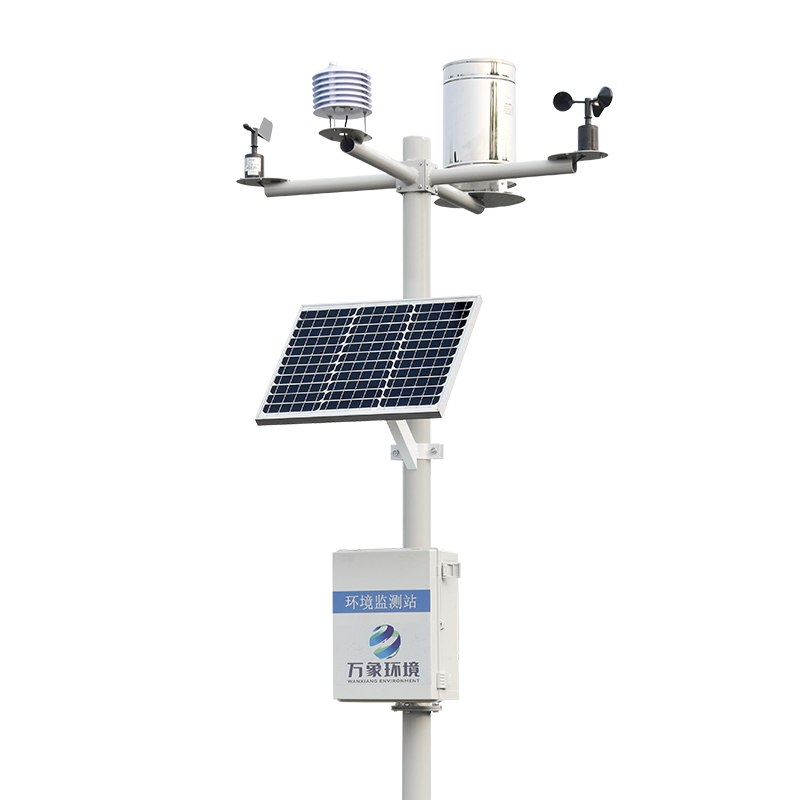
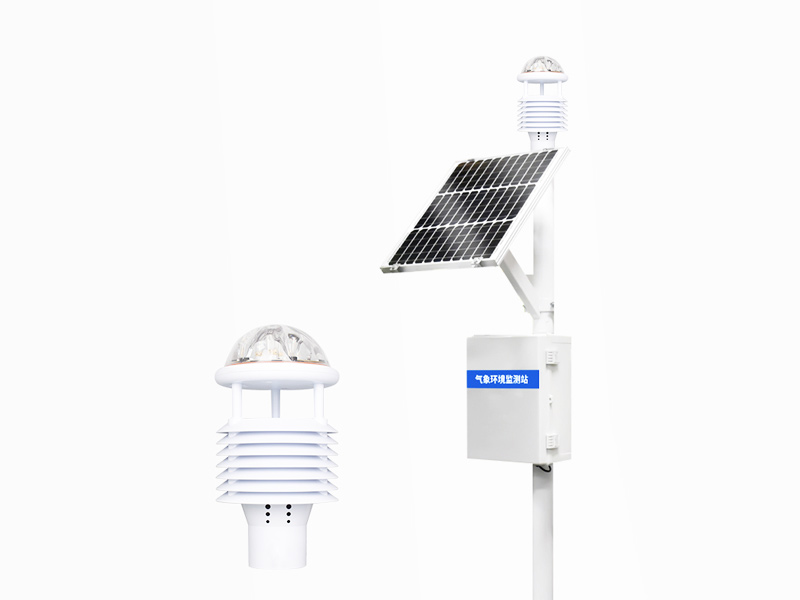
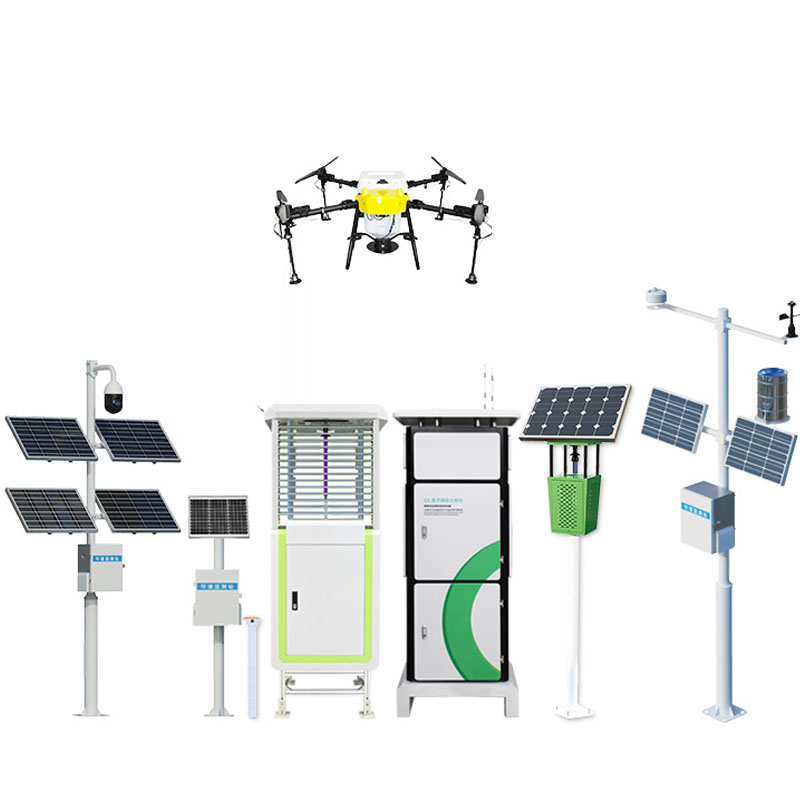


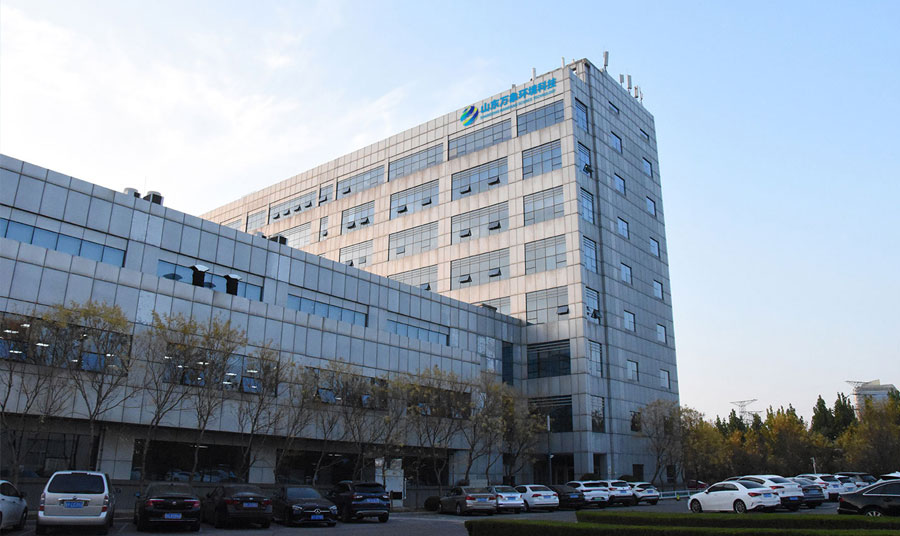


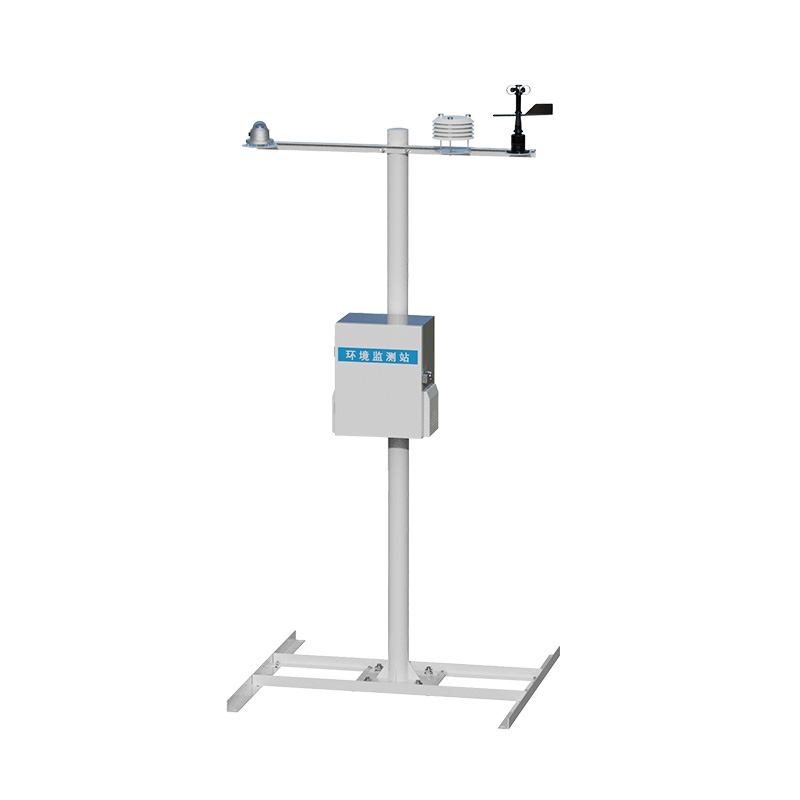
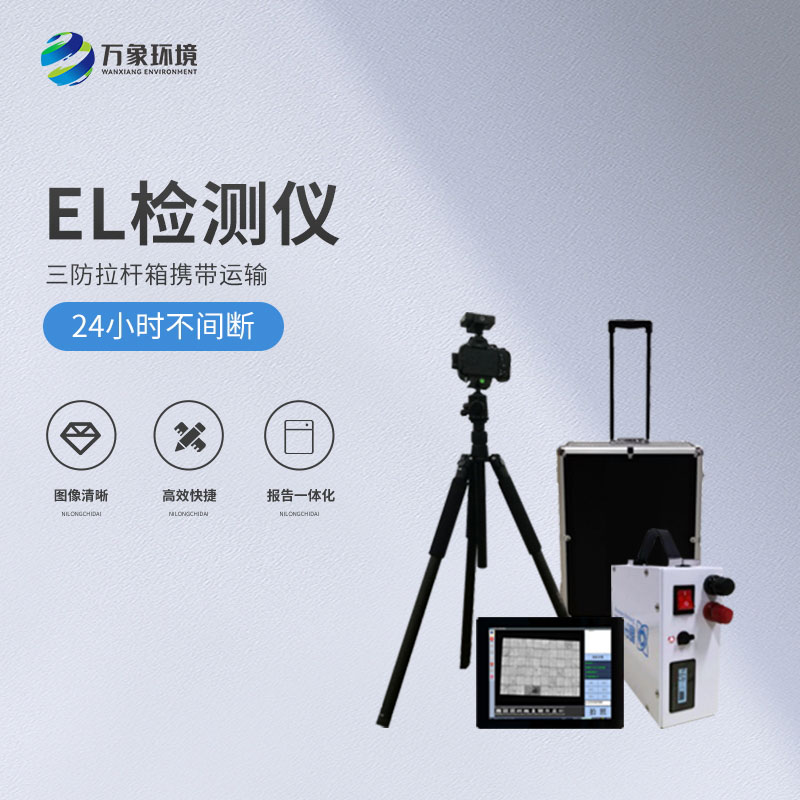
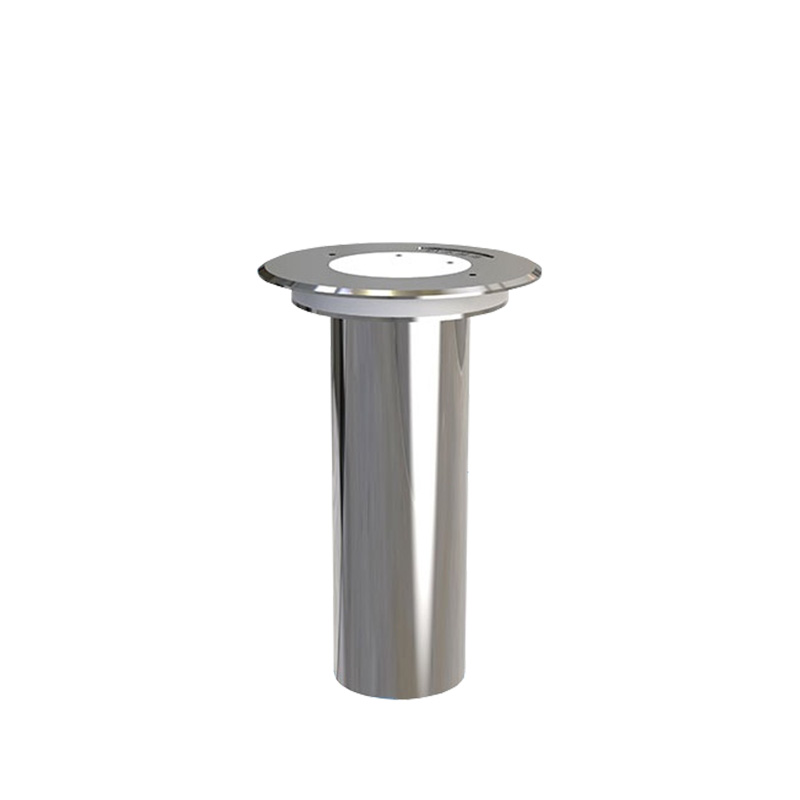
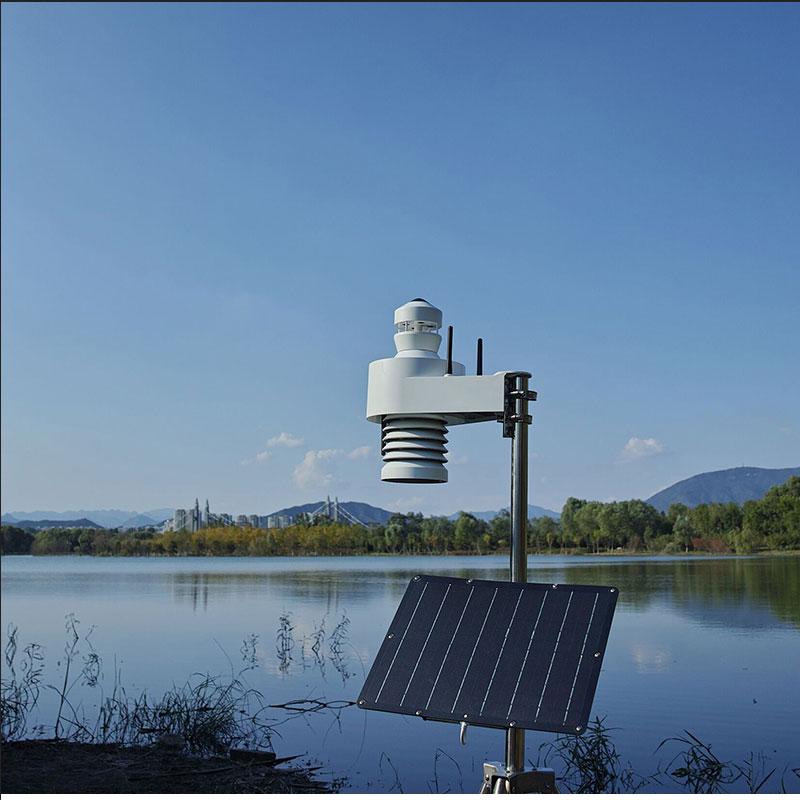



 Home
Home phone
phone Product Overview
Product Overview Contact Us
Contact Us